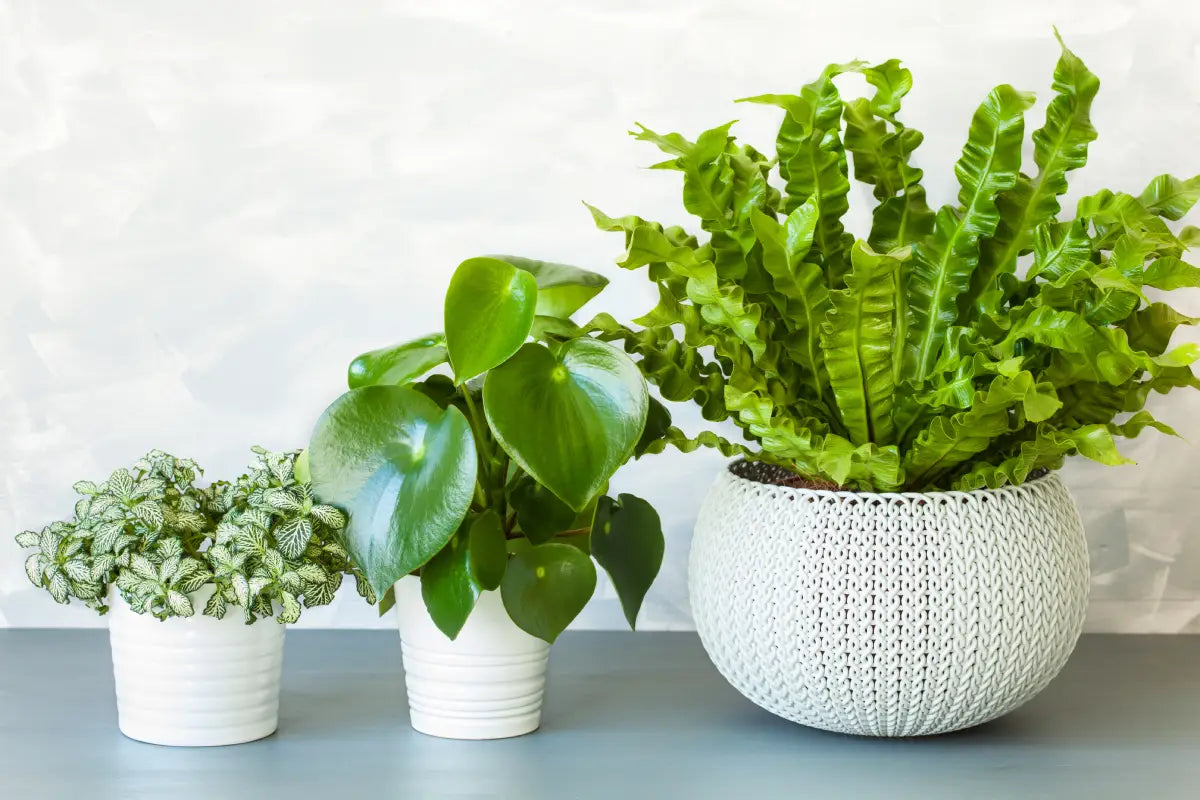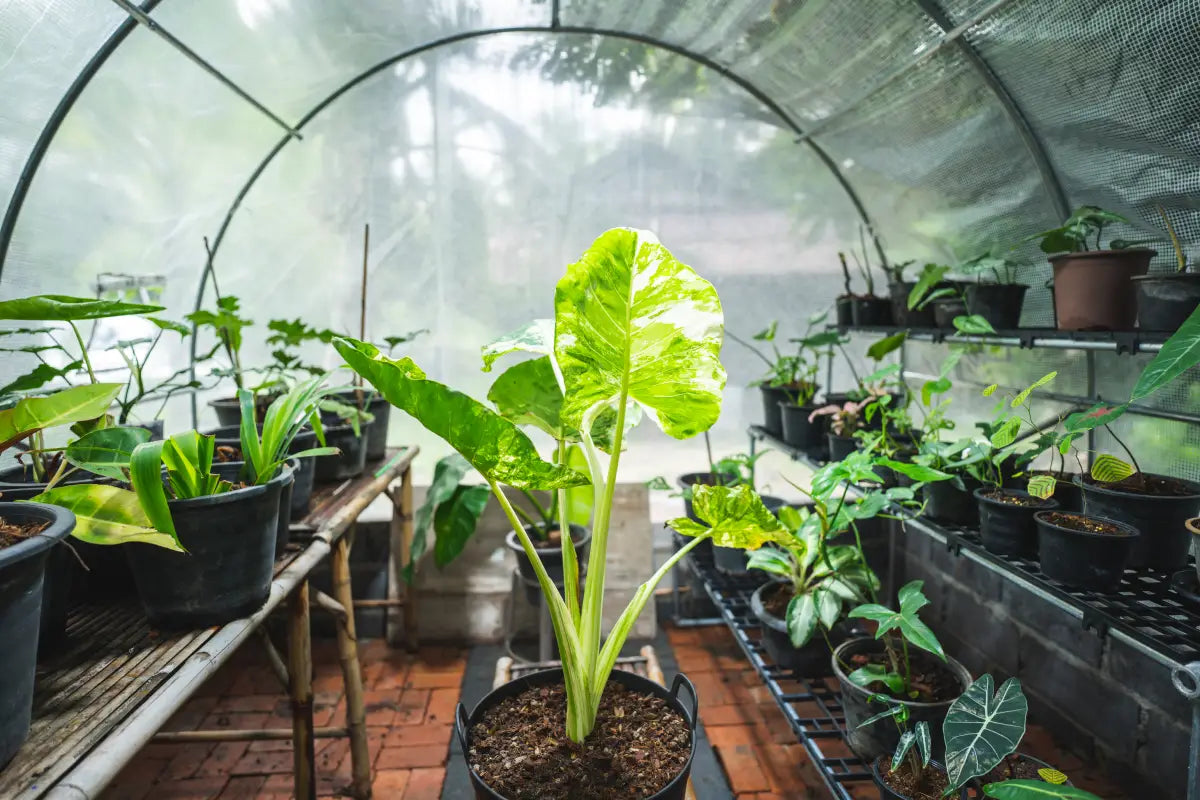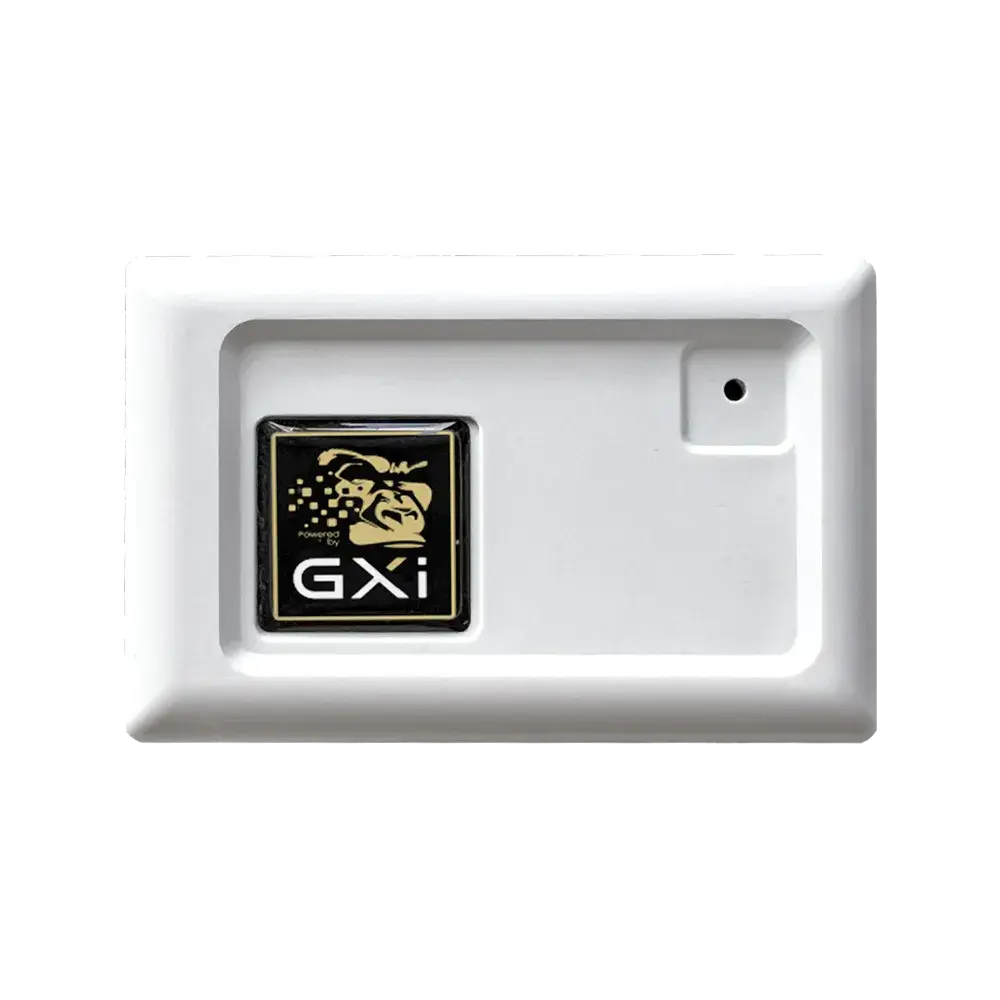
How Often to Fertilize Indoor Plants? A Complete Guide
Fertilizing indoor plants is essential for maintaining healthy growth, vibrant leaves, and strong roots. Unlike outdoor plants, indoor plants rely entirely on the nutrients provided in their soil or fertilizer since they don't have access to natural replenishment from rain and decomposing organic matter.
Indoor plants bring life to any space, but to keep them thriving, they need proper nutrients. One of the most common questions plant owners ask is: How often should I fertilize indoor plants?
So, how often should you fertilize indoor plants? The answer depends on the type of plant, its growth stage, the season, and the type of fertilizer used. This guide will help you understand the best fertilization practices for your indoor plants.
Why Do Indoor Plants Need Fertilizer?
In nature, plants get nutrients from the soil, decaying organic matter, and microbial activity. However, indoor plants are confined to pots where nutrients are limited and get depleted over time. Fertilizing replenishes these essential nutrients to promote:
- Healthy foliage and vibrant growth
- Strong root development
- Increased resistance to diseases
- Better flowering and fruit production (for flowering plants)
How Often Should You Fertilize Indoor Plants?
1. General Fertilization Guidelines
- Spring and Summer (Active Growth Season): Fertilize once every 2 to 4 weeks. Most indoor plants grow actively during warmer months and require additional nutrients.
- Fall and Winter (Dormant Season): Fertilize once every 6 to 8 weeks, or stop fertilizing altogether if the plant slows down its growth.
- Flowering Plants: Fertilize more frequently, about every 2 weeks, to support blooming.
- Foliage Plants: Fertilize once a month to encourage lush green leaves.
-
Succulents and Cacti: Fertilize sparingly, about once every 2 to 3 months during the growing season.
General Fertilization Frequency by Season
| Season | Frequency |
|---|---|
| Spring | Every 2-4 weeks |
| Summer | Every 2-4 weeks |
| Fall | Every 4-6 weeks |
| Winter | Rarely or not at all |
Factors Affecting Fertilization Frequency
1. Type of Plant
Different plants have different nutrient needs. Here’s a quick overview:
- Tropical Plants (Monstera, Philodendron, Pothos, Fiddle Leaf Fig): Every 2-4 weeks in spring and summer, less in winter.
- Flowering Plants (Orchids, African Violets, Peace Lilies): Every 2 weeks when blooming.
- Cacti & Succulents (Aloe Vera, Jade Plant, Snake Plant): Every 2-3 months.
- Herbs (Basil, Mint, Rosemary): Every 1-2 weeks for strong growth.
| Plant Type | Fertilization Frequency |
|---|---|
| Leafy Green Plants (Pothos, Monstera, Snake Plant, Peace Lily) | Every 4 weeks in growing season |
| Flowering Plants (Orchids, African Violets, Anthuriums) | Every 2-3 weeks during bloom period |
| Cacti & Succulents (Aloe, Jade, Echeveria) | Every 4-6 weeks in spring/summer |
| Ferns & Palms (Boston Fern, Areca Palm) | Every 3-4 weeks in growing season |
| Herbs (Basil, Mint, Rosemary, Thyme) | Every 2-3 weeks during active growth |
Types of Fertilizers for Indoor Plants
1. Liquid Fertilizers or Dry Fertilizers (Most common for houseplants)
- Mixed with water and applied during regular watering.
- Absorbed quickly by plant roots.
- Example: Balanced NPK (10-10-10 or 20-20-20) for general plants, high-phosphorus (bloom booster) for flowering plants.
2. Slow-Release Granules or Pellets
- Nutrients are released gradually over time.
- Applied every 3-6 months based on product instructions.
3. Organic Fertilizers
- Compost tea, worm castings, fish emulsion, seaweed extract.
- Improves soil quality and provides natural nutrients.
4. Fertilizer Spikes
- Inserted into the soil to slowly release nutrients.
- Ideal for low-maintenance plant care.
Signs Your Indoor Plants Need Fertilizer
- Slow or stunted growth (during the growing season).
- Yellowing leaves (excluding natural leaf shedding).
- Pale or weak foliage due to nutrient deficiency.
- Lack of flowering in flowering plants.
Common Mistakes to Avoid
🚫 Over-Fertilizing: Can cause salt buildup, root burn, and leaf browning. If this happens, flush the soil with clean water to remove excess fertilizer.
🚫 Fertilizing in Winter (for Dormant Plants): Most indoor plants slow their growth in winter and don’t need frequent feeding.
🚫 Using the Wrong Fertilizer: Always match the fertilizer type to the plant’s needs (e.g., flowering plants need more phosphorus).
🚫 Skipping Watering Before Fertilizing: Dry soil can cause root damage when fertilizer is applied. Always fertilize after watering or with diluted fertilizer.

Lena Myles
I'm a mushroom enthusiast and home cook based in Oregon. I'm passionate about foraging and creating fungi-focused recipes, especially delicious, plant-based dishes using gourmet mushrooms like trumpet, shiitake, and oyster. When I’m not in the kitchen, you’ll usually find me wandering the woods in search of new wild flavors.


